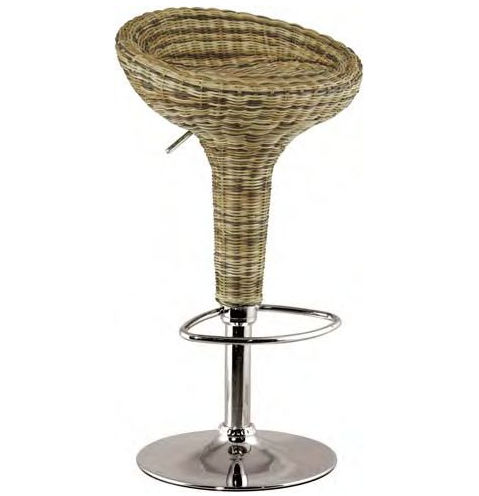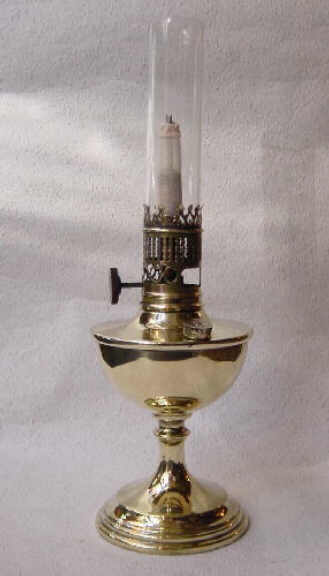Bars a place to laze and relax, unwind oneself from a arduous days work. What better way to spend a Friday night watching a football game with friends in bar. The ambiance of a bar is very important and each bar has to have a unique selling point to attract customers who in most cases are regulars. Presently, the global trend is to reduce carbon footprint and having an ambiance that is Eco-friendly.
1. Using wicker bar stools

Wicker furniture are one of the oldest forms of furniture. They were first used by ancient Egyptians and then passed on to the Romans and are now popular worldwide. Haywood-Wakefield established in 1855, is one of the best known companies in the USA to manufacture wicker furniture. Wicker furniture such as bar stools is manufactured using hard woven materials like reed or bamboo. The natural wicker furniture is known for their strength and durability.
2. Using paraffin lamp for lighting solutions

It is a lamp that uses kerosene or other mineral oils as lighting solutions. The esthetic design combined with the dull hue of light emitted by these lamps set the perfect illumination to a bar. These lighting solutions are Eco-friendly and create a warm friendly ambiance. Kerosene lamps were first used in the 9th century in Baghdad and have been used widely since. There are different types of lamps like the flat wick lamp which has a wick made of cotton the lower part of the wick is immersed in kerosene while the upper part is lit. The round wick lamp is another design and as the name suggests, the wick used is rounded. This lamp is also called the central draught lamp. The fourth type of lamp is the mantle lamp where the mantle made of silk and coated with rare earth elements and thorium that are converted to oxides and upon combustion produces a bright light. K1-kerosene or the “klean heat” oil can be used. Citronella and lemon grass oils can also be used. These apart from providing light also produce a wonderful aroma. The wick type lamps have the lowest illumination while the pressurized varieties are brighter, the brightness ranges from 20-100 lumen.

3. Clay plastering of walls
Clay plastering is a method to keep the walls of bar cool and at the same time making it Eco-friendly. This method has been adopted for centuries across many continents. To increase the ambiance, shredded straw or crushed shells can be added to the clay plaster, this will give the clay plastering a nicer texture and will create a unique ambiance to the bar. These plasters do not produce any VOCs and are hypoallergic, non-flammable and pest-resistant (no problem of termites). Buildings with clay plastering also qualify for LEED (leadership in energy and environmental design).
4. Using bio-gas and solar power to produce energy
A small scale bio-gas plant can take care of all the energy needs of the bar. It can be built by creating a sludge tank to store the waste generated by the bar and this can then be used as an anaerobic fermentor to generate gas that can be used to produce electricity. This may also come in handy in the future. Massachusetts, for instance will be banning restaurants from discarding food wastes from 2014. Solar power is another solution that can be explored by bar, with the prices of the photovoltaic cells falling, this becomes a very attractive solution for small scale and large scale bars.
5. Thatched roofing solutions
Thatching is a process of using straw, reed and other naturally occurring materials to create layers to keep water away from the inner layers of the roof. Thatching methods have been used since time immemorial and have been passed on from one generation to another. There are many advantages and disadvantages to thatching. This process has to be repeated many times and maintenance becomes an issue. But thatched roofs can keep the bar cool and temperature maintenance becomes easy. Thatching also reduces the cost of construction and is economically viable.
6. Eco-friendly flooring solutions
Bamboo can be used as a flooring material. This is one of the most durable materials and can last from 50-150 years. It is cost-effective and often cheaper and more durable than hardwood flooring. There are many types of bamboo flooring available but the most popular ones are the solid bamboo flooring and the woven bamboo flooring. Solid bamboo flooring as the name suggests, is made of pieces of bamboo wood. The woven bamboo flooring is made of shredded bamboo fibers mixed with a resin and compressed into solid blocks which are then cut to suite the flooring size.



